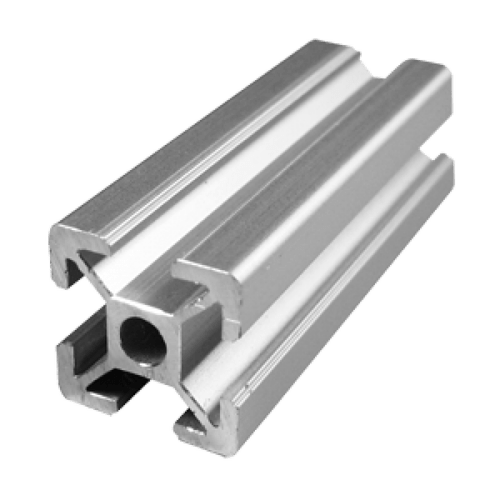Difference between an Anodic & Cathodic coating
Anodic means positively charged conductor and cathodic means negatively charged conductor.
Anodic coating and cathodic coating are the two types of electroplating processes. They differ in their metal and process parameters, but they both work on a similar principle they coat metallic materials with a thin layer of an electrolyte to form an electrically conductive coating.
Anodic coating is the process of applying an electrical current to the surface of a metal that causes an oxide layer to form on its surface. Cathodic coating involves placing a negative charge over the metal surface which attracts oxygen ions and makes them adhere to the metal.
Another important benefit of cathodic coatings is that they reduce corrosion resistance in alloys.
Anode coatings are applied to obtain current production by use of naturally occurring ions in the presence of an electrolyte(s). Anodising occurs when metal ion migration leads to precipitation or electrodeposition on a substrate that acts as an anode material.
An anodic coating is a passivation layer on metal surfaces. Cathodic coatings on the other hand are used to create electric conductivity and help prevent corrosion.
The cathodic coating is steady protection but anodic is not steady protection.
Cathodic coatings are commonly used in electronics, aerospace, transportation, mining, chemical processing industries, etc. This type of coating reduces oxidation reactions between metals by adsorbing or attracting air molecules which can be harmful to electronic equipment like computers and other similar devices.
To store food items cathodic coated storage system is preferred over anodic coating. because the cathodic coating is done by tin which does not react with food items but the galvanizing is anode coating which involves zinc init, zinc reacts to food items.



